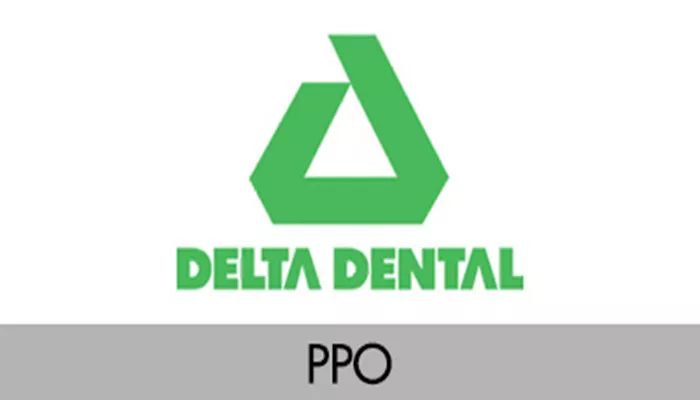Preferred Provider Organization (PPO) dental insurance is one of the most common types of dental plans in the United States, covering about 74% to 85% of dental insurance holders. A PPO plan is a form of indemnity insurance combined with a network of dentists who have contracts with the insurance company to provide dental services at discounted fees. This network allows patients to receive dental care at lower costs when they visit participating providers.
Unlike some other plans, PPO dental insurance offers flexibility by allowing patients to visit any licensed dentist, whether in-network or out-of-network. However, using in-network dentists usually results in lower out-of-pocket expenses. PPO plans do not require patients to select a primary care dentist or obtain referrals to see specialists, providing convenience and more freedom of choice.
Types of PPO Dental Insurance Plans
PPO dental insurance plans vary but generally fall into these categories:
Standard PPO Plans: These plans offer a broad network of dentists with negotiated fees. Patients pay less when using in-network providers but can still see out-of-network dentists at higher costs.
Exclusive Provider Organization (EPO) Plans: A subtype where benefits are only paid if patients use in-network dentists. Out-of-network care is not covered.
Individual and Family PPO Plans: Designed for individuals or families, these plans provide coverage with deductibles, co-insurance, and annual maximum limits that vary by plan.
Employer-Sponsored PPO Plans: These are the most common and are purchased by employers for their employees, often with premium contributions from both parties.
Advantages of PPO Dental Insurance
PPO dental insurance offers several benefits:
Large Network of Dentists: PPO plans provide access to extensive networks, giving patients many options for dental care providers.
Flexibility: Patients can see any licensed dentist, including specialists, without referrals. This flexibility is valuable for those who prefer specific dentists or need specialized care quickly.
Cost Savings: Dentists in the PPO network agree to discounted fees, which can save patients an average of over 35% compared to usual charges.
No Referrals Needed: Patients can directly visit specialists, saving time and simplifying the process.
Coverage for Out-of-Network Care: While more expensive, PPO plans still offer some coverage for out-of-network services, unlike some other plan types.
Comprehensive Coverage: PPO plans typically cover preventive, basic, and major dental services, including orthodontics and emergency care.
Coverage of PPO Dental Insurance
PPO dental insurance usually covers a wide range of dental services, grouped as follows:
Preventive Services: Routine exams, cleanings, X-rays, fluoride treatments, and sealants are often covered at 100% with no deductible.
Basic Services: Fillings, simple extractions, and minor restorative procedures like crowns or bridges are typically covered at about 80% after the deductible.
Major Services: More complex treatments such as root canals, periodontal therapy, dental implants, and oral surgeries may be covered at 50% or more, depending on the plan.
Orthodontic Treatment: Some PPO plans include coverage for braces or clear aligners, often subject to a separate lifetime maximum (e.g., $1,000).
Emergency Dental Care: Coverage for urgent dental issues like toothaches or dental trauma is generally included.
Out-of-Network Coverage: PPO plans often reimburse a portion of costs for out-of-network care but at lower rates, resulting in higher patient expenses.
Related Costs of PPO Dental Insurance
Understanding the costs associated with PPO dental insurance is important:
Premiums: Monthly or annual payments to maintain coverage. PPO plans often have higher premiums than HMO plans due to greater flexibility.
Deductibles: The amount patients pay out-of-pocket before insurance benefits begin, commonly around $50 annually, sometimes applying only to non-preventive services.
Co-Insurance: After the deductible, patients typically pay a percentage of the cost for services (e.g., 20% for basic services, 50% for major services).
Annual Maximums: Most PPO plans have a yearly cap on benefits, commonly $1,000 to $1,500, but some plans offer higher limits ($2,000-$3,000) to accommodate rising dental costs.
Out-of-Pocket Costs: Visiting out-of-network dentists usually means higher out-of-pocket expenses due to lower reimbursement rates and no negotiated discounts.
Advantages and Disadvantages of PPO Dental Insurance
| Advantages | Disadvantages |
| Wide choice of dentists and specialists | Higher premiums compared to other plans |
| No need for referrals to see specialists | Deductibles and co-insurance can add costs |
| Discounts through network dentists save money | Annual maximum limits may restrict coverage |
| Coverage for both preventive and major services | Out-of-network care is more expensive |
| Flexibility to see any licensed dentist | Complexity in understanding plan details |
| No waiting periods for treatments | May require more paperwork and claims handling |
Conclusion
PPO dental insurance is popular because it balances cost savings with flexibility. It allows patients to choose their dentists freely while benefiting from negotiated discounts within a large network. However, these benefits come with higher premiums and some out-of-pocket costs. Understanding the plan’s coverage, costs, and network options helps individuals and families select the best PPO plan for their dental health needs.

